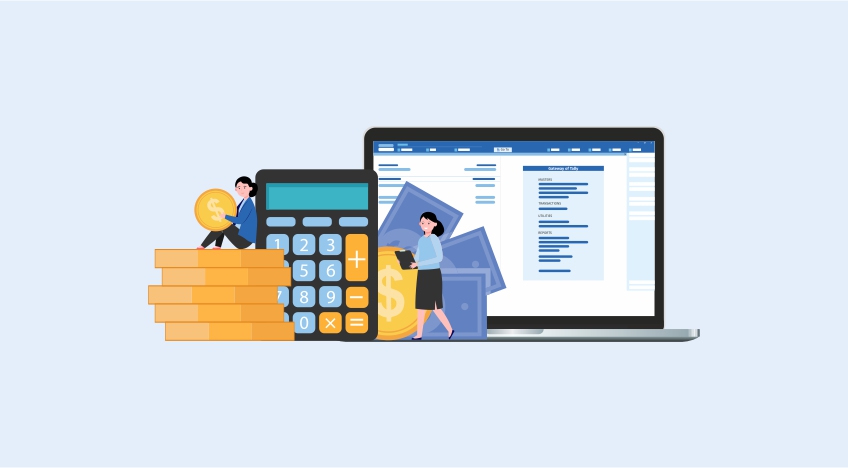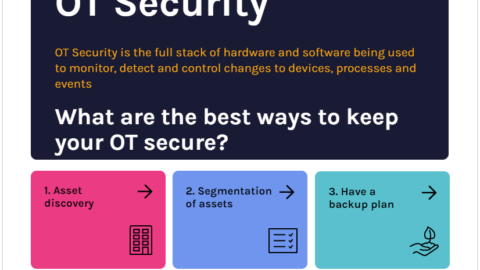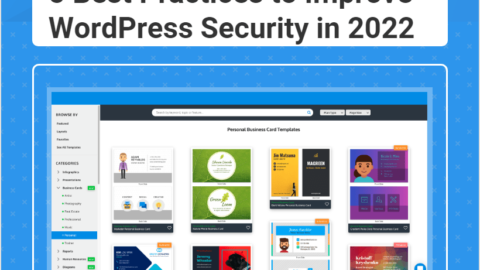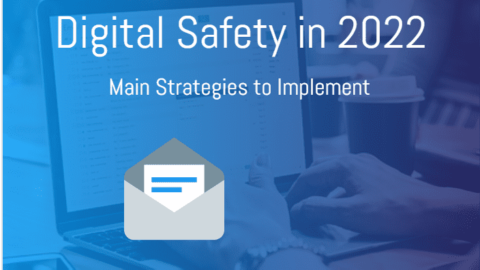3 Common Vulnerabilities in Payroll Software and How to Fix Them
Payroll software plays a crucial role in managing employee compensation and ensuring accurate payment processing. From calculating salaries to providing a custom pay stub template, payroll systems streamline administrative tasks and promote efficiency. However, like any other software, payroll systems are susceptible to vulnerabilities in payroll software that can compromise sensitive financial data. In this article, we will explore three common vulnerabilities in payroll software and discuss effective strategies to fix them.
Table of Contents
1. Weak Authentication Mechanisms
One of the primary vulnerabilities in payroll software is weak authentication mechanisms. If the system lacks robust authentication, it becomes easier for malicious actors to gain unauthorized access to sensitive employee data. Imagine a scenario where a hacker manages to obtain an employee’s login credentials through social engineering or by exploiting a weak password policy. This could potentially allow them to manipulate pay stub templates, change banking information, or even steal sensitive employee data.
To fix this vulnerability, organizations should implement strong authentication measures. This includes enforcing password complexity rules, implementing two-factor authentication (2FA), and regularly reminding employees to update their passwords. By combining something employees know (a password) with something they possess (such as a unique token or a mobile app), 2FA significantly enhances the security of the authentication process. Additionally, payroll software should have mechanisms in place to detect and prevent brute-force attacks and implement session timeouts to automatically log out inactive users.
2. Insufficient Data Encryption
Another significant vulnerability in payroll software is insufficient data encryption. Payroll systems often handle highly sensitive information, including social security numbers, bank account details, and salary information. If this data is not properly encrypted, it becomes susceptible to unauthorized interception and misuse. For instance, if a hacker gains access to the payroll database, they could extract pay stub templates containing employees’ personal and financial information, leading to identity theft or fraudulent activities.
To address this vulnerability, organizations should ensure that data is encrypted both at rest and in transit. Employing strong encryption algorithms such as AES (Advanced Encryption Standard) and SSL/TLS (Secure Sockets Layer/Transport Layer Security) protocols can safeguard sensitive data from unauthorized access. In addition, encryption protects the confidentiality of data by transforming it into an unreadable format that can only be decrypted with the appropriate key. Regularly updating encryption mechanisms and monitoring industry best practices for encryption standards are also essential to stay ahead of emerging threats.

3. Lack of Regular Security Updates
A third vulnerability in payroll software arises from the lack of regular security updates. Software vulnerabilities are discovered regularly, and if organizations fail to apply timely patches and updates, they leave their payroll systems exposed to potential exploits. Hackers often exploit known vulnerabilities to gain unauthorized access or compromise system integrity. Therefore, neglecting security updates increases the likelihood of an attacker exploiting a vulnerability in the payroll software, potentially jeopardizing pay stub templates and compromising the accuracy of payroll calculations.
To mitigate this vulnerability, organizations should establish a robust patch management process. This process involves promptly applying security patches provided by software vendors, regularly updating the payroll software, and monitoring security bulletins for potential vulnerabilities. By actively managing security updates, organizations stay proactive in their approach to protecting the payroll system from emerging threats. Additionally, organizations should invest in automated vulnerability scanning tools to proactively identify and address any security gaps in their payroll systems.
Other Common Vulnerabilities in Payroll Software
- Insecure File Handling. Payroll software that allows file uploads without proper validation can be exploited to execute malicious code or upload malware.
- Insider Threats. Unauthorized access by internal employees with malicious intent can lead to data breaches and unauthorized use of the payroll system.
- Phishing Attacks. Employees using the payroll software could be targeted through phishing emails, leading to the compromise of their login credentials or other sensitive information.
Benefits of Using Payroll Software
Time Efficiency. Payroll software automates many of the manual tasks involved in payroll processing, such as calculating wages, deductions, and taxes. This saves significant time for HR and finance teams, allowing them to focus on more strategic activities.
Accuracy and Compliance. Payroll software reduces the risk of human error in payroll calculations, ensuring accurate and consistent payments to employees. It also helps businesses stay compliant with tax regulations and employment laws, reducing the likelihood of penalties and legal issues.
Cost Savings. By automating payroll processes and Vulnerabilities in Payroll Software, businesses can reduce the administrative overhead with manual payroll processing. Therefore, including the cost of paper, printing, and labor hours. Additionally, fewer errors mean fewer potential overpayments or underpayments, saving money in the long run.
Employee Satisfaction. Timely and accurate payroll processing leads to happier employees, as they can rely on receiving their pay on time and correctly. This, in turn, can contribute to improved morale and increased productivity.
Conclusion on Vulnerabilities in Payroll Software
Payroll software is a critical component of any organization’s operations. And needs protection against common vulnerabilities to ensure data privacy and financial security. Organizations can significantly enhance the security posture of their payroll systems by addressing weak authentication mechanisms, implementing robust data encryption, and maintaining regular security updates. By doing so, organizations can build trust, maintain compliance with data protection regulations, and safeguard the financial well-being of their employees.
To mitigate these vulnerabilities, it’s essential for organizations to follow secure coding practices, regularly perform security assessments, and keep the software up to date with the latest security patches. Additionally, educating employees about cybersecurity best practices can help prevent successful attacks, such as phishing attempts. Employing encryption techniques to protect sensitive data and implementing multi-factor authentication can also significantly enhance the security of payroll software.

Valencina has more than 25 years of experience as an IT consultant with a great focus on enterprise application UI/UX. She has experience working across multiple industries, acting both in an advisory role, as well as hands on in the technical build of solutions. Valencina is the co-founder and COO of Nitera Training Services.










